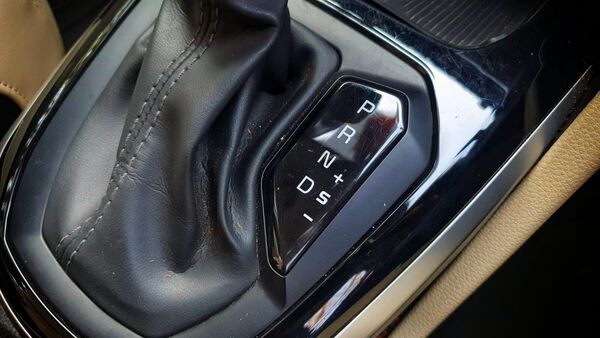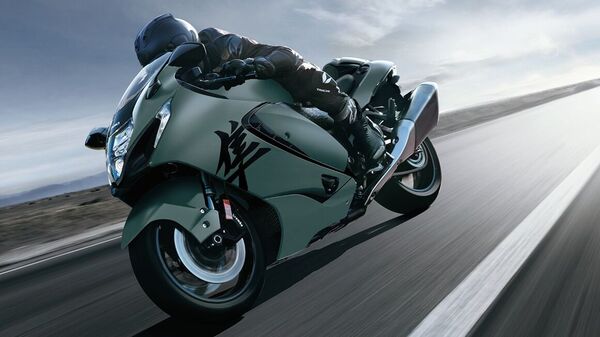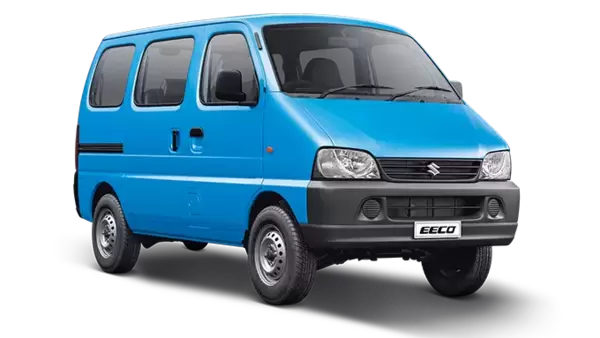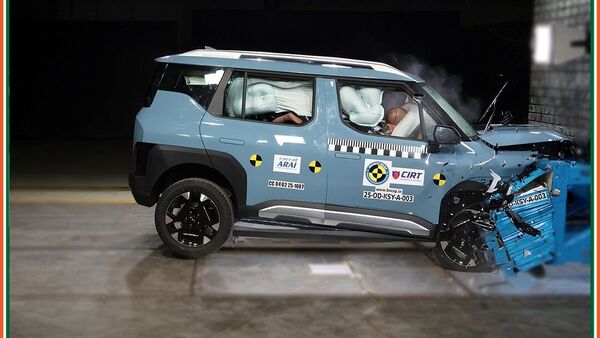
Manual vs AMT vs iMT vs DCT vs CVT: Transmissions technologies explained
5 months ago | 5 Views
In a manual transmission, the driver operates a clutch pedal and shifts gears manually using a gear stick. The clutch pedal disengages the engine from the wheels, allowing smooth gear shifts. This kind of transmission offers full control making it popular with driving enthusiasts. It also allows for better fuel efficiency than automatic gearboxes. Manuals are also mostly simpler and more durable with lower repair costs compared to automatic transmissions. With this transmission frequent gear shifts and clutch engagement can be tiring, especially in heavy traffic. It also is the hardest to master and is harder for beginners.
AMT is also known as a semi-automatic transmission, it combines the basics of manual transmission with an automated clutch operation. It doesn't have a complex assembly but rather only uses automatic actuation to operate the clutch and shift gears. Similar to manual transmission, it is generally fuel-efficient, it also comes at a much more affordable price as compared to other automatic transmission types. This kind of transmission is easier to drive than a manual in city traffic.
There are some flaws in this type of setup including a slight lag or jerk noticeable at lower speeds. It is also not as fast or responsive as other automatic transmissions like DCT.
iMT provides the control of a manual gearbox without a clutch pedal. The system uses sensors to detect when the driver is about to shift gears and an actuator automatically engages and disengages the clutch. You still use a stick to shift the gears but without the clutch. An iMT is typically more efficient than traditional automatics and also provides smoother gear shifts than an AMT. The only drawback is that this transmission is available in fewer models as it’s a relatively new technology.
DCT is a setup wherein two separate clutches are used for odd and even gears. This is specifically designed for high-performance usage to allow for rapid gear changes. One clutch is always ready for the next gear as the other disengages. It offers both manual and automatic modes giving drivers flexibility. These transmissions are highly efficient for racing and aggressive shifting as they minimise power loss during shifts. It allows for a manual-like control while being electronically quick. They are the most expensive and can be costly to repair when serviced.
Unlike all other gear-based systems, a CVT uses belts and pulleys to offer an infinite range of gear ratios. This enables seamless acceleration without the commitment of fixed gears. A CVT also allows for a smooth and steady acceleration as there is no particular ‘shift shock’ which is felt during the shifting of gears on other systems. CVTs offer a very relaxed driving experience in the city and hence can be found on most executive sedans. The limitation of this system includes a feeling of being less engaging due to the lack of gear shifts. When immediate power is required, the system naturally gives a lag known as the 'rubberband effect' wherein the engine revs up high first and the vehicle catches the pace a little later. It is not ideal for high-performance vehicles for this reason.
Read Also: TVS Apache RTR 160 in mind? Here are 5 alternative bikes that you should consider





















